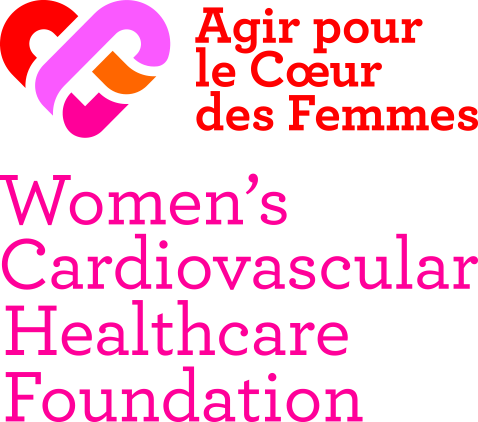
ANTICIPER
Physical Activity
Why Staying Active is the Best Medicine for Your Heart
Sedentary lifestyles and a lack of physical activity are becoming more common, especially among women, because we often don’t have or don’t take time to care for ourselves. But getting regular exercise is the best medicine.

Your goal? Get in the habit of moving instead of sitting down.
SEE ALSO
Why High Blood Pressure is a Silent Killer
High Blood Pressure
Constant high blood pressure tires the heart and seriously damages the artery walls, which can trigger cardiovascular events. High blood pressure greatly increases the risk of stroke, heart attack and peripheral artery disease, as well as vascular dementia and chronic kidney disease. Women with [...]
How Cardiac Rehab Helps Women Heal Faster
Physical Activity
In this article, Women’s Cardiovascular Healthcare Foundation highlights how important and necessary it is for women to go through cardiac rehabilitation when they’ve had a cardiovascular event or are at high risk of having one. Dr. Natalia Kpogbemabou, cardiologist and rehabilitation physician at [...]
How to Eat Well to Live Well
Nutrition
It’s best to eat more foods that are good for our health like fruits, vegetables, while grains, dairy products and fish. And we should limit consumption of sugary products (like pastries, sweets, and sugary drinks), salty products (like prepared foods, chips and crackers) and fatty foods (like deli [...]



-173-portrait.jpeg)
